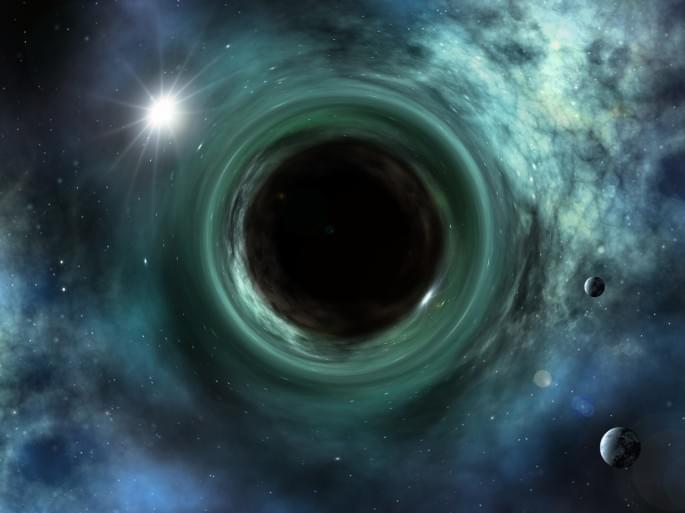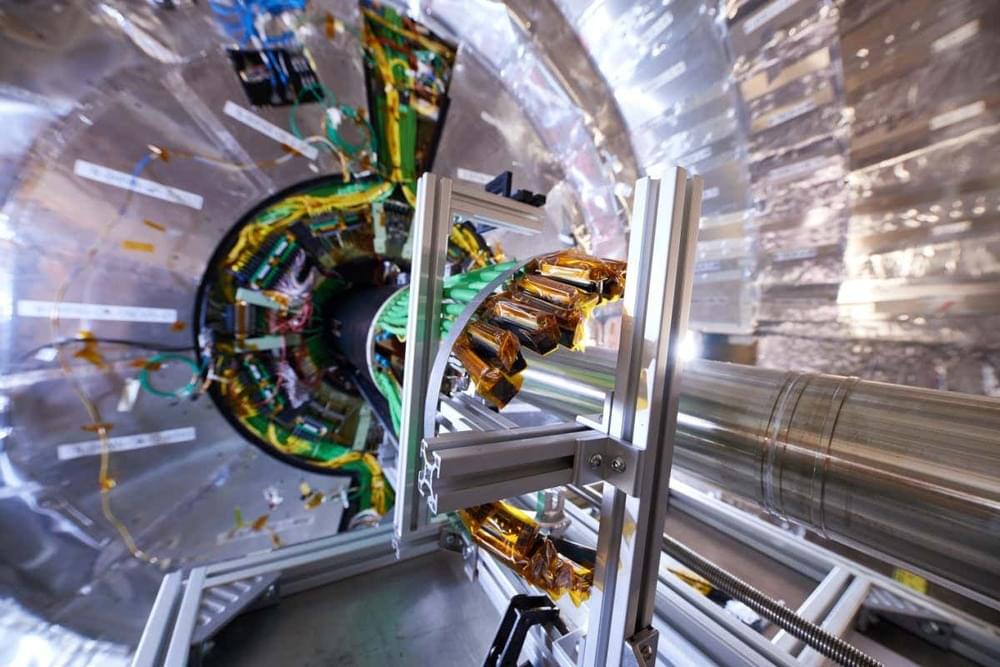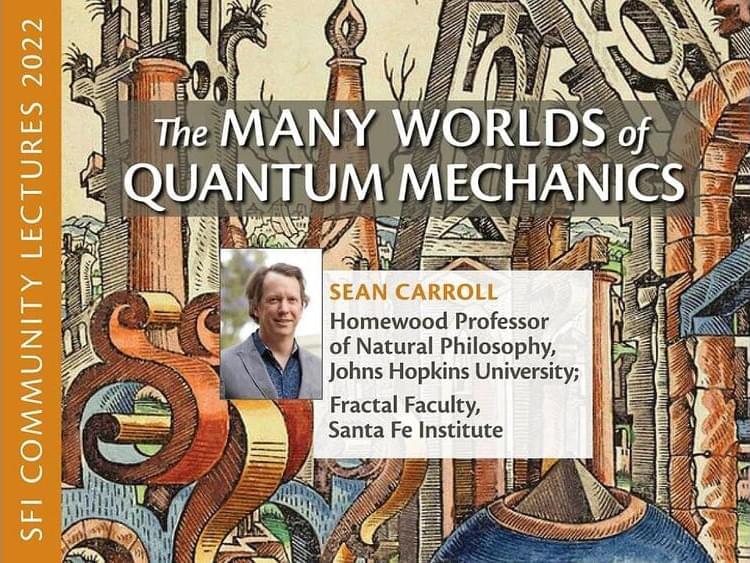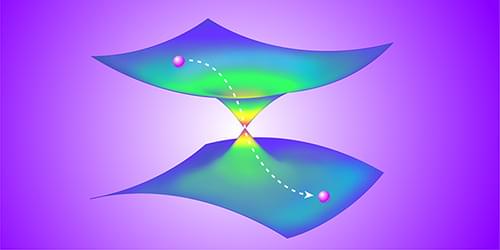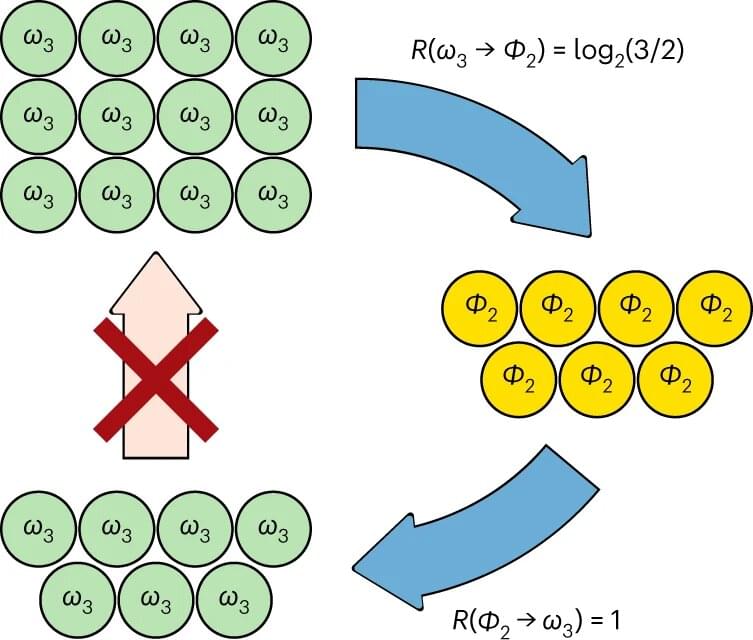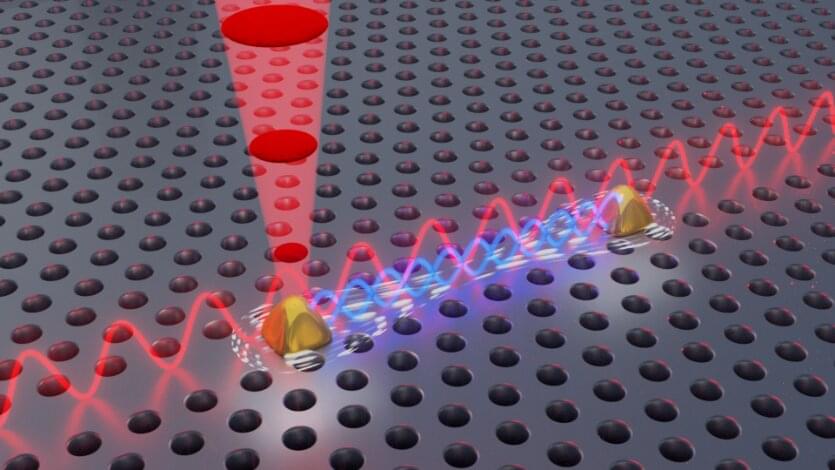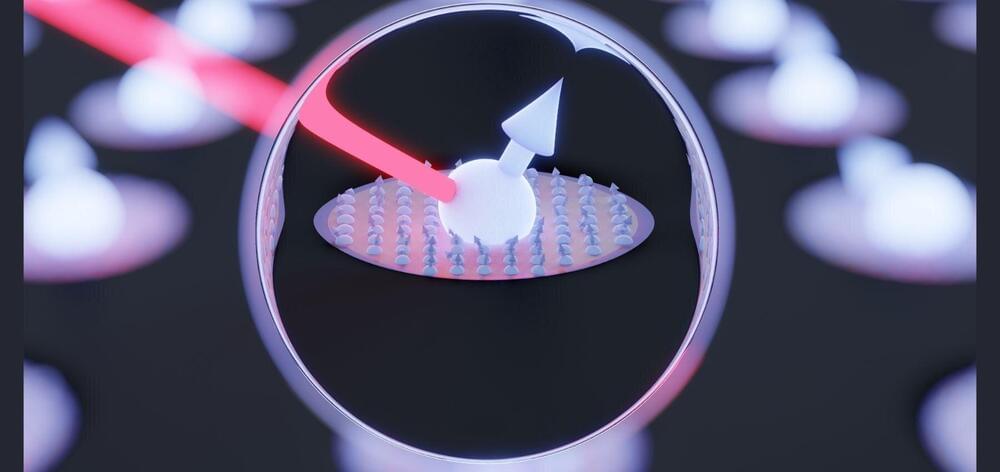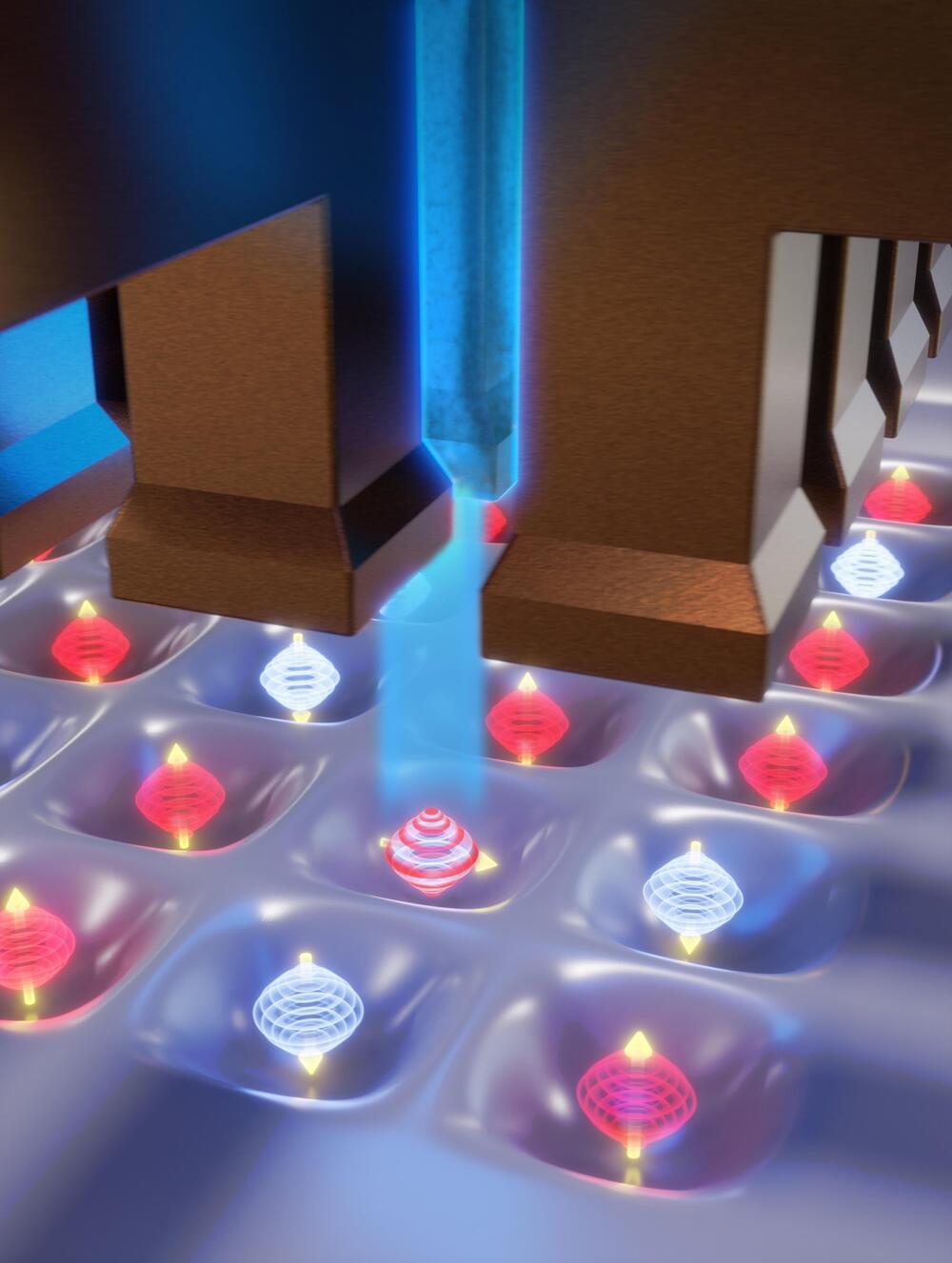
In recent years, many physicists and computer scientists have been working on the development of quantum computing technologies. These technologies are based on qubits, the basic units of quantum information.
In contrast with classical bits, which have a value of 0 or 1, qubits can exist in superposition states, so they can have a value of 0 and 1 simultaneously. Qubits can be made of different physical systems, including electrons, nuclear spins (i.e., the spin state of a nucleus), photons, and superconducting circuits.
Electron spins confined in silicon quantum dots (i.e., tiny silicon-based structures) have shown particular promise as qubits, particularly due to their long coherence times, high gate fidelities and compatibility with existing semiconductor manufacturing methods. Coherently controlling multiple electron spin states, however, can be challenging.


